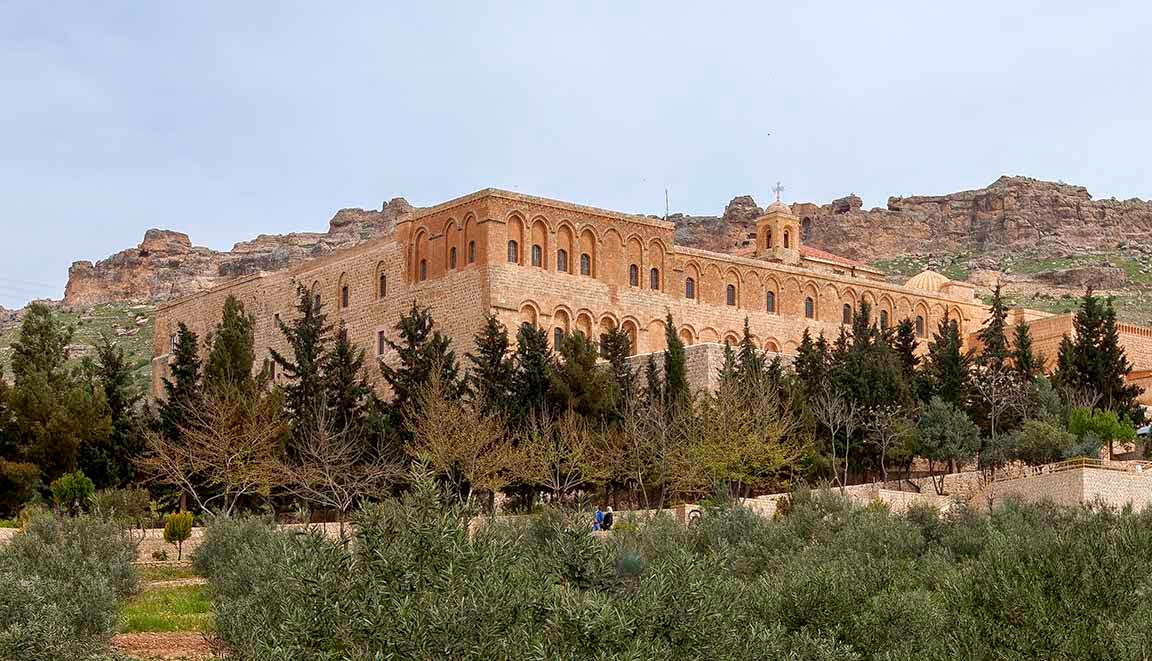Turkey | Turkish Riviera | Antalya | Kaleiçi
The 2016 Winter Solstice occurred in Mongolia on December 21 at 6:44 pm. It was of course the shortest day of the year. There were eight hours, twenty-two minutes, and fifty-four seconds of daylight, five seconds less than on December 20. On December 22 there would be two seconds more daylight. So the days would be getting longer. I climbed to the top of Zaisan Tolgoi just north of my hovel before sunset on the 21st and at the moment of the Solstice made appropriate offerings and orisons. The next morning I absquatulated to Istanbul, where I caught another flight to the city of Antalya on the Turkish Riviera, about 300 miles south-southeast of Istanbul.
Antalya, on the Mediterranean Sea
Turkey’s fifth largest city, with a population of over a million, Antalya is the second biggest tourist destination in the country. Over 12.5 million visitors passed through Antalya in 2014, with most of them staying at beach resorts to the east and west of the city. Antalya was especially popular with Germans and Russians. Of course since 2014 there have been a Spate Of Terrorist Attacks in Turkey, including one in Sultahmet Square which killed thirteen people, eight of them Germans. Then relations with Russia soured after Turkey shot down a Russian jet fighter which had allegedly strayed into Turkish airspace. Tourism Tanked in the backwash:
One of Europe's largest travel companies reports that bookings to Turkey are down 40 percent. Turkey's largest resort, Antalya, is popular with Russian tourists and has already been badly hit, according to Atilla Yesilada, an Istanbul-based consultant with Global Source Partners. "A lot of companies are in serious difficulty,” Yesilada said. “Up to 1,300 hotels are up for sale. In Antalya, tourist arrivals by air are down by 21 percent. There is really a lot of hardship."
Of course now is off-season for the beach resorts. Those visitors that stay in the city congregate in Kaleiçi, the Old Quarter, which was surrounded by walls during Roman times. The price of hotel rooms has been slashed to one-half or one-third of the regular rate at most hotels. Kaleiçi is where I am holed up. I appear to be the only guest in the “butik” hotel where I am staying. The streets of Kaleiçi, lined with upscale hotels, restaurants, nightclubs, and gift shops, are eerily deserted. In the early mornings I sometimes walk around for half an hour before I see another human being. Only in the afternoons do a few Russians, Chinese tour groups, and Turks from other parts of Turkey make an appearance. So it is a good place to avoid the end of the year (according to the Gregorian calendar) hullabaloo.
Downtown Antalya with Kaleiçi, the Old Quarter, to the right of center
City of Antalya with the Taurus Mountains behind (click on photos for enlargements)
Antalya Bay, with the city on the right
Antalya Harbor
Another view of Antalya Harbor
The original settlement of Kaleiçi was founded by Attalos II, king of Permagon, between BC 159–138. King Attalus II eventually bequeathed his entire kingdom, including the city of Antalya, to the Romans and it became part of the Roman Empire.
Kaleiçi, the Old Quarter, outlined in redHadrian’s Gate, the ceremonial entrance to Kaleiçi. It was built to honor the Roman emperor Hadrian’s visit to the city in 130 AD. This is of course the same Hadrian who built Hadrian’s Wall in what is now northern England.
Another view of Hadrian’s Gate
Ruins of the Korkut Mosque
A pagan temple was built on this site in the 2nd century AD. In the 6th AD the temple was knocked down and replaced with a Christian church. The church was heavily damaged by the Arab invasions of the 7th century, and it was finally rebuilt in the 9th century. In the 13th century is was converted into a mosque by the Seljuqs Of Rum. Then Antalya was captured the Christian king Peter I of Cyprus, who converted back into a church. The city was later seized by the Ottomans and Sultan Beyazit II’s son Korkut (1470–1509) turned it into a mosque again. The mosque was largely destroyed by a fire in 1896 and is now in ruins.
Ruins of the Korkut Mosque
Ruins of the Korkut Mosque
Ruins of the Korkut Mosque
Ruins of the Korkut Mosque
Ruins of the Korkut Mosque
Minaret of the Korkut Mosque. The top was destroyed in the fire of 1896.
The Yivli Minare (Fluted Minaret) built by the Seljuqs of Rum in the thirteenth century
Another view of the Fluted Minaret
Iconic view of Antalya




















